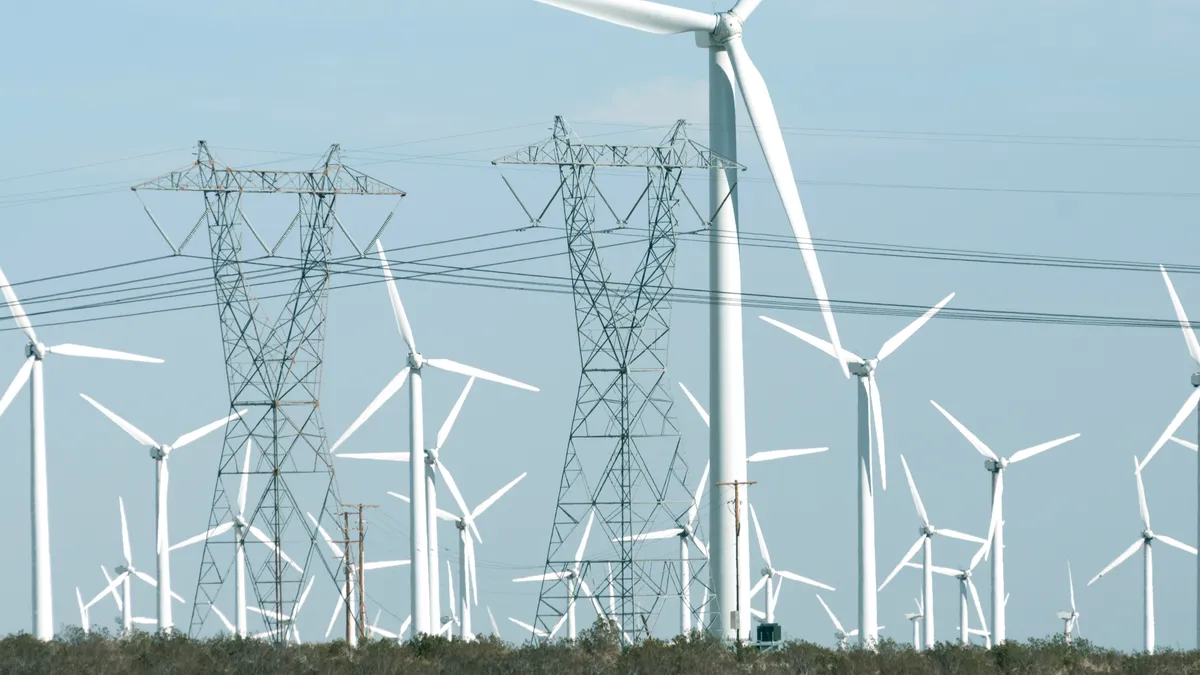Lauren McCloy is policy director, Fred Heutte is a senior policy associate, Diego Rivas is regulatory counsel and Ben Otto is an energy consultant with the NW Energy Coalition.
This year, the West faces a momentous choice. We can come together in one big grid and meet the challenge of ensuring reliable and affordable energy for growing Western communities experiencing more frequent extreme weather events. Or we can permanently split into two major day-ahead power markets, undermining our success over the last decade with the Western Energy Imbalance Market.
We believe the West is best served by building on the success of the single-market approach through extending the WEIM into a full integrated market and supporting an innovative and collaborative new governance proposal called the Pathways Initiative.
The Western Interconnection is a network of energy resources and transmission lines crossing a vast region of 11 states, two western Canadian provinces and a small portion of Baja Mexico. With 156,000 miles of high voltage transmission and peak demand of more than 168,000 MW, the distinguishing feature of the West is the diversity of our geography, energy resources and people.
Capturing the value of that diversity is the key to ensuring our energy future. For the last decade, Northwest hydropower, rapidly expanding solar in California and the desert Southwest and massive wind energy in the Intermountain West, along with existing thermal resources, have been effectively coordinated by the Western Energy Imbalance Market operated by the California Independent System Operator.
Today the WEIM balances resources and demand across 80% of the Western grid, optimizing dispatch every 5 minutes within each hour. To date, it has provided over $5 billion in customer benefits, and it is no exaggeration to say it has played a crucial role in keeping the lights on, especially during week-long events like the Westwide heat wave of September 2022 and the Northwest freeze of mid-January 2024.
The WEIM optimization also helps meet the power and reliability goals of states and provinces, reduces expensive and duplicative reserves, and better integrates valuable renewable resources. But it is only the first step.
Across most of the West, day-ahead power and transmission arrangements are still made via slow and uncoordinated bilateral trading. This inefficiency makes delivering energy much harder and more expensive than necessary.
To fully harness the value of our regional diversity, the West needs a mechanism to plan ahead for each operating day and optimize resources and transmission across the widest possible footprint. Recognizing this gap, there are now two proposals to create a day-ahead market.
The Extended Day-Ahead Market, proposed by CAISO and approved by the Federal Energy Regulatory Commission in December 2023, is scheduled to go live in early 2026. WEIM participants can voluntarily choose to participate and take advantage of the added value of a full integrated market, and several utilities around the West have already signaled their commitment to the EDAM.
The alternate proposal from the Southwest Power Pool, called Markets+, is now being considered by FERC. Markets+ is also a day-ahead market mechanism, but participants would have to leave the WEIM. As a result, moving forward with the Markets+ proposal would fracture the West into two day-ahead markets, diminishing the substantial economic and environmental benefits of the WEIM.
In fact, numerous studies have shown that the lost value from fragmenting the WEIM cannot be made up with the gains from two day-ahead markets. The resulting seams between the two markets will lead to substantial reductions in load and resource diversity, increased reserve needs, less transmission connectivity, and permanent and expensive seams management costs. On balance, a two-market outcome could lose a third of the value of full integration across a single market footprint.
Governance remains a core challenge for western markets. Last year, utility commissioners across the region joined together in the West-Wide Governance Pathways Initiative to develop a new, fully independent and accountable structure to take over management of the EDAM and WEIM while fully respecting the interests and policies of all areas of the West.
On April 10, a launch committee representing a broad range of stakeholders — states, utilities, developers, labor and advocacy organizations — presented a detailed Pathways proposal and legal analysis to begin this transformation. The commitment of the diverse entities in this collaborative effort to address independent governance will ensure the durability and success of a broader integrated EDAM-EIM market.
The Pathways Initiative joins two other innovative efforts that are providing closer coordination for the Western grid, both of which are sponsored by the Western Power Pool.
The Western Resource Adequacy Program, or WRAP, with FERC approval, is now in a preliminary, non-binding phase to coordinate resource availability up to each operating day. And the Western Transmission Expansion Coalition, or WestTEC, will start working later this year on new, much-needed 10-year and 20-year transmission assessments for the entire western grid.
Each of these efforts — Pathways, WRAP and WestTEC — builds on the open, multi-stakeholder governance approach pioneered by the governing body of the WEIM.
What we have found is that working together step by step builds the trust needed to advance to the next stage of Western grid coordination. And the West is also discovering something else. While we face many challenges with our changing resource mix, a growing economy and climate-driven extreme weather, we are surrounded by even larger opportunities.
We can take advantage of rapidly expanding clean energy generation, storage and customer side resources, all tied together by the extensive Western transmission network and optimized, if we choose wisely, by a single major Western power market. Now is truly the time to unite the West.






















